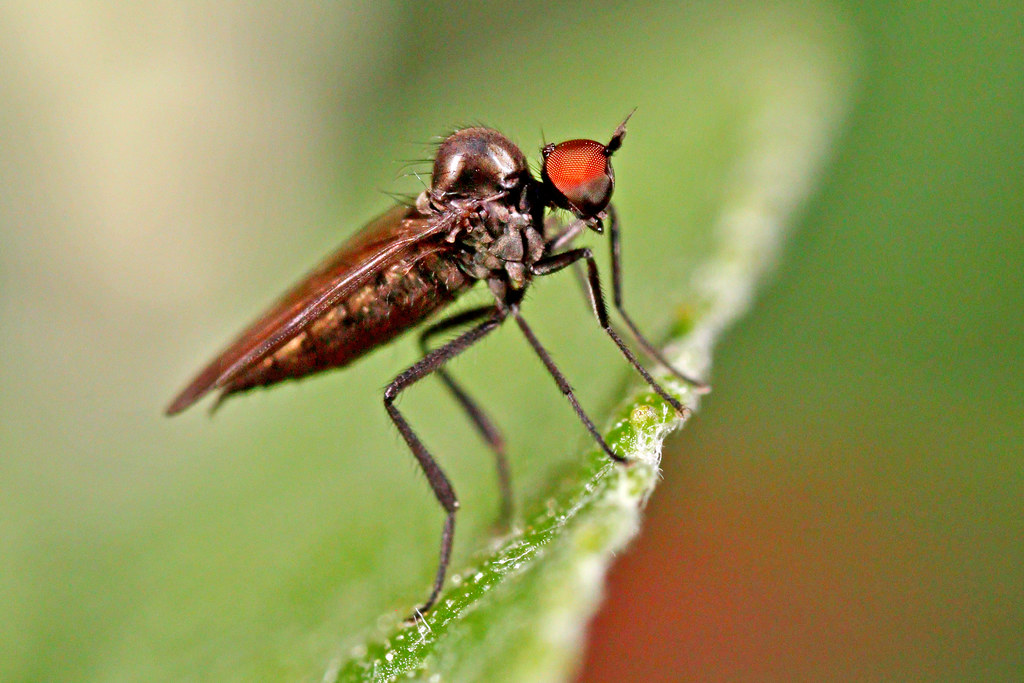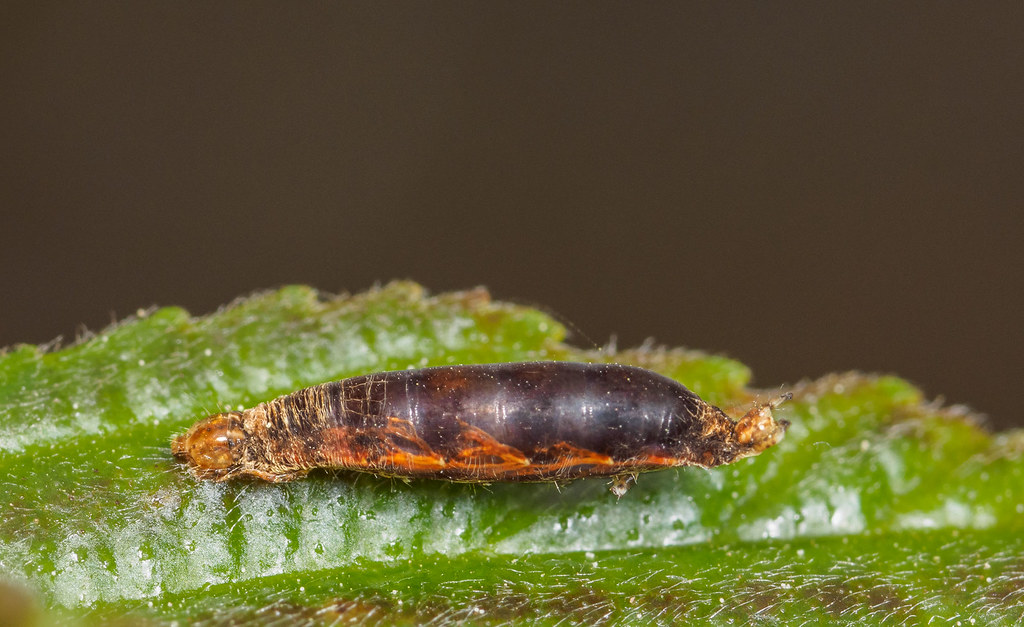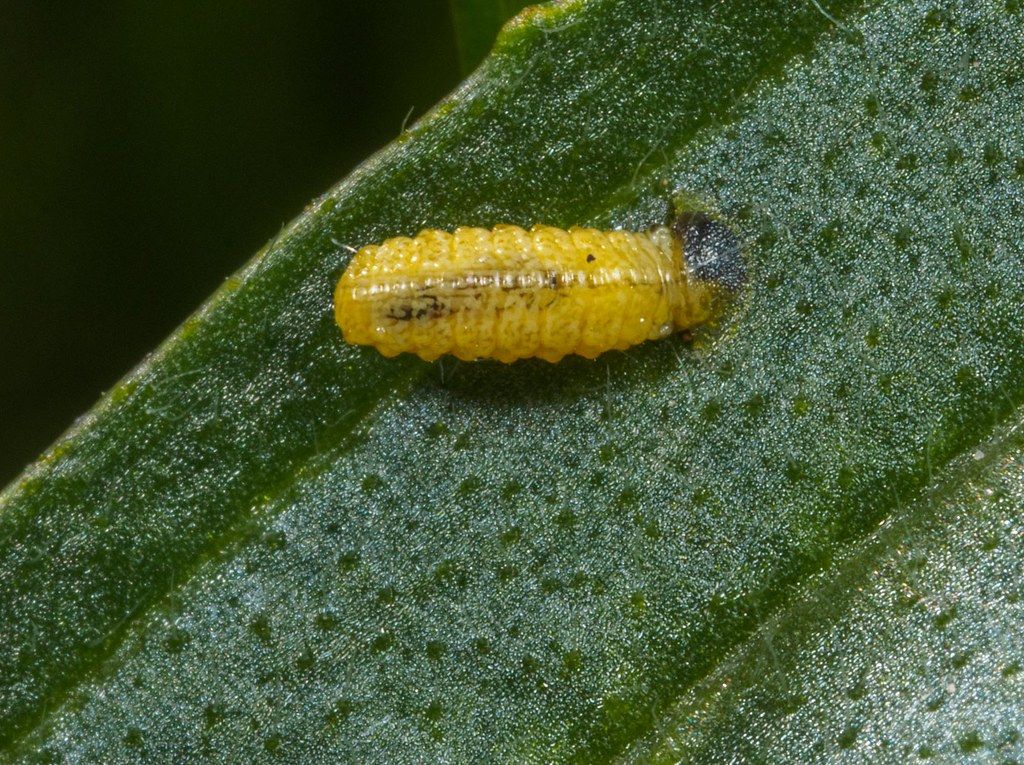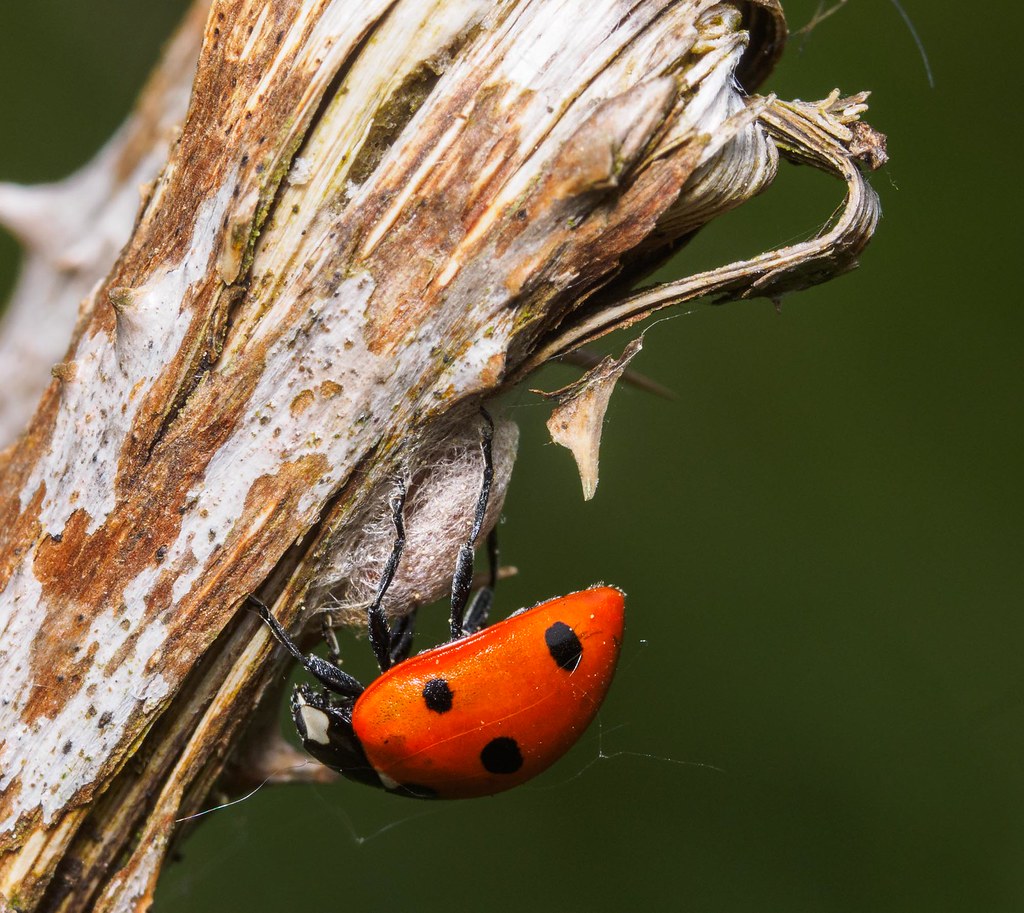- Messages
- 182
- Name
- Stuart
- Edit My Images
- Yes
Female Common Blue Damselfly (Enellagma cyathigerum)
alfbranch's reply - Empidae is close and I agree it is from the superfamilys Empidoidea, but I think this is family Hybotidae and probably a species of Bicellaria.
Last edited:



 IMG_9114
IMG_9114
 bug_05
bug_05 Bluebottle with unknown bug on leg 2
Bluebottle with unknown bug on leg 2
 Unknown
Unknown



 Unknown
Unknown Whats happening
Whats happening